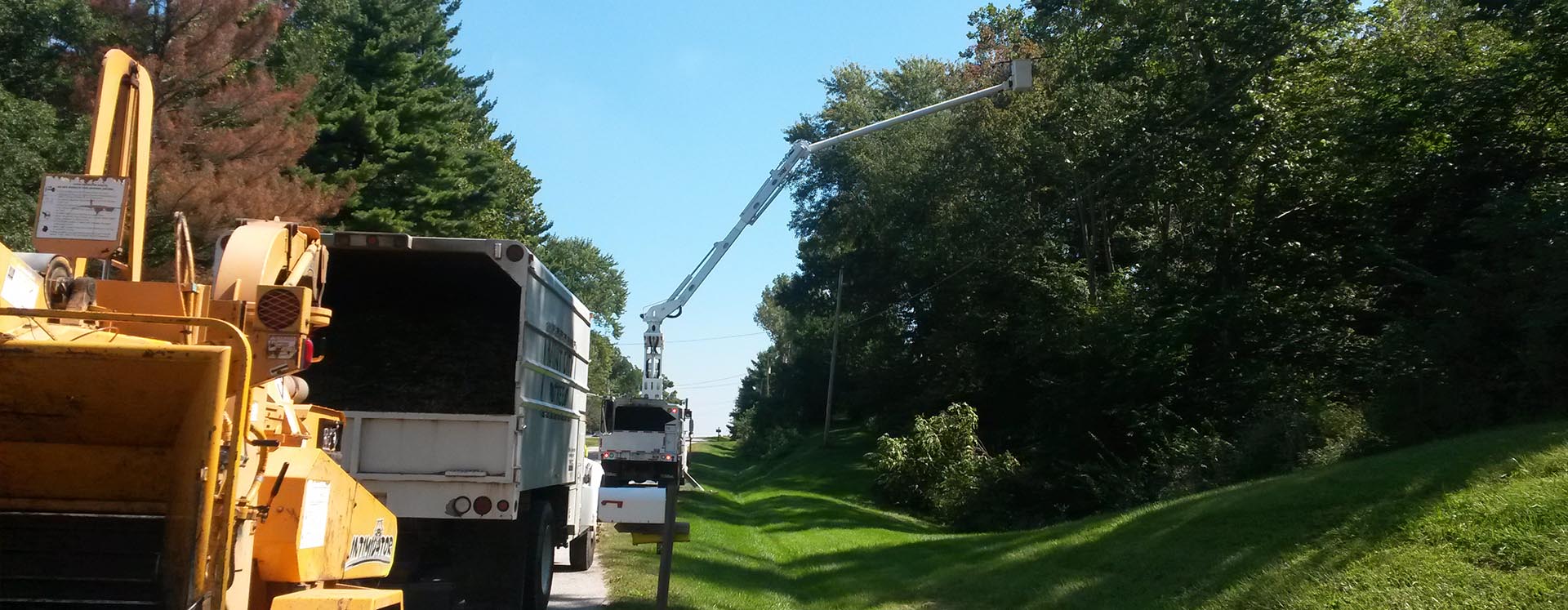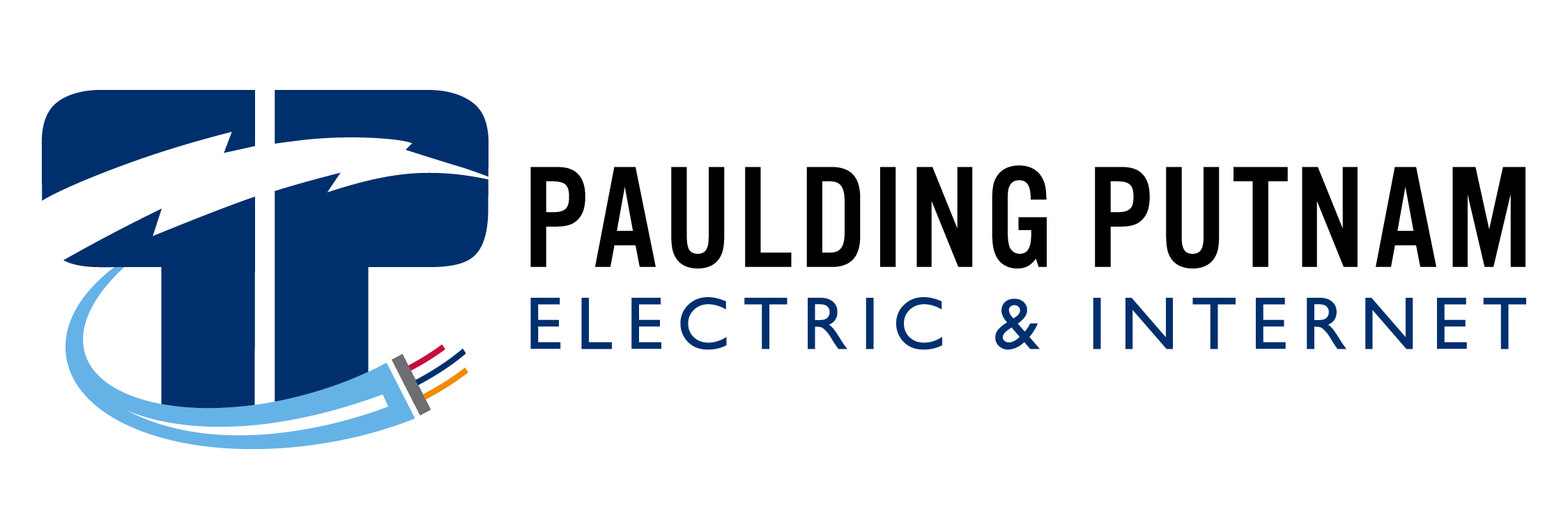
Have questions about tree trimming? Our right-of-way contractor is Mint City Utility Services, out of Indiana. Please call Foreman Dalton Good at 574-209-6263 with any questions or concerns you may have.
Five Facts You May Not Know About Tree Trimming:
-
Trimming trees prevents outages and improves your safety and service. In fact, a tree or large branch hitting a power line can interrupt power for thousands of members.
-
The cost to the cooperative, if we did not trim trees would be outage minutes. Tree related outages went from 26% of our outage minutes in 2007 to 3% in 2014.
-
During regularly scheduled clearing, our crews clear and remove all branches and brush from maintained or landscaped areas. Wood will be left for the property owner. In non-maintained areas, all wood, branches and brush will be left behind. During emergency power restoration, crews only clear the lines. They immediately move to the next location without removing limbs and brush.
-
We will make our best effort to contact you before regular clearing begins. Our representative will discuss all the details of the upcoming trimming, including any planned outages needed for our crews to work safely.
-
Our team of professionals strive to protect tree health and appearance. They follow the standards set by the International Society of Arboriculture, the American National Standards Institute, and the National Arborist Association.
2023 Tree Trimming Scheduled Area

Meet our Tree-Trimming Contractor, Mint City Utility Services

Tree Trimming Crews look for foliage growing under lines, overhanging branches, leaning or other types of trees that could pull down a power line if they fall, and trees that could grow into lines. It’s a job that’s never done — by the time crews finish trimming along our almost 1700 miles of distribution lines, vegetation has started to grow back at the starting point. In working to keep a safe, reliable and affordable supply of power flowing to your home or business, we need your help. As a rule of thumb, 25 feet of ground to sky clearance should be available on each side of our electric poles to give power lines plenty of space. Choose tree varieties with care and plant with power lines in mind. Thanks for your help as we work together to keep electricity reliable.
Call 1-800-686-2357 or to find out more about proper tree planting, visit www.arborday.org.
Did you know ….
By clearing our rights-of-way, outage restoration time can be reduced? Paulding Putnam Electric Cooperative employees will have better access to fix issues on our system. Thank you for cooperating with the trimming cycles and reporting any problems you see. You are helping us provide safe, reliable and affordable electric service!
Tree Planting Guide
Thinking about adding trees to your landscape? Carefully consider different tree species and how they may affect power lines on your grounds. No tree should be planted near high-voltage transmission lines. Some species, however, normally grow to a mature height of 20 feet or less.
These include:
- Crabapple
- Flowering Dogwood
- Hawthorne
- Bristlecone Pine
- Common Juniper
- Trident, Amur, Paperback and Tartarian Maples
- Rose Acacia
These species can typically provide an attractive addition to your landscape without interfering with distribution lines. The following species, however, grow particularly tall and should be planted no closer than 60 feet from distribution lines:
- Oak
- Colorado Blue Spruce
- Silver and Norway Maples
- Most pine species



